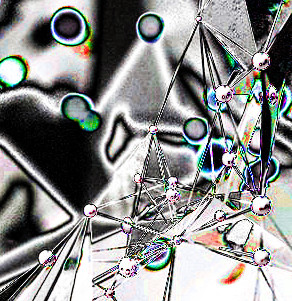Locals reach incredible accuracy
 Australian scientists have come up with a new technique to measure time delays within a zeptosecond - a trillionth of a billionth of a second.
Australian scientists have come up with a new technique to measure time delays within a zeptosecond - a trillionth of a billionth of a second.
Scientists at the Australian Attosecond Science Facility and the Centre for Quantum Dynamics at Griffith University in Brisbane have developed a novel interferometric technique capable of measuring time delays with zeptosecond resolution.
They have used this technique to measure the time delay between extreme ultraviolet light pulses emitted by two different isotopes of hydrogen molecules - H2 and D2 - interacting with intense infrared laser pulses.
This delay was found to be less than three attoseconds (one quintillionth of a second long) and is caused by slightly different motions of the lighter and heavier nuclei.
This study has been published in the journal Ultrafast Science.
“Such unprecedented time resolution is achieved via an interferometric measurement - overlapping the delayed light waves and measuring their combined brightness,” says researcher Dr Mumta Hena Mustary.
The light waves themselves were generated by molecules exposed to intense laser pulses in the process called high harmonic generation (HHG).
For their experiments the researchers used two different isotopes of molecular hydrogen - the simplest molecule in nature. The isotopes - light (H2) and heavy (D2) hydrogen - differ only in mass of nuclei - protons in H2 and deuterons in D2. Everything else including the electronic structure and energies are identical.
“Because hydrogen is the simplest molecule in nature and it can be modelled theoretically with high accuracy it was used in these proof-of-principle experiments for benchmarking and validation of the method,” Professor Igor Litvinyuk said.
“In the future, this technique can be used to measure ultrafast dynamics of various light-induced processes in atoms and molecules with unprecedented time resolution.”








 Print
Print